Attribution models & windows and their roles in advertising are what we will be discussing in today’s article.
When it comes to digital advertising, attribution helps us better understand our ad performance and identify areas of opportunity for optimizations. The ultimate goal is to deliver a better experience of the customer journey.
What is the importance of attribution when it comes to digital marketing?
Hubspot’s 2021 State of Marketing report revealed in a survey that 1 in 5 marketers find it challenging to provide ROI (Return on Investment) for their marketing activities.
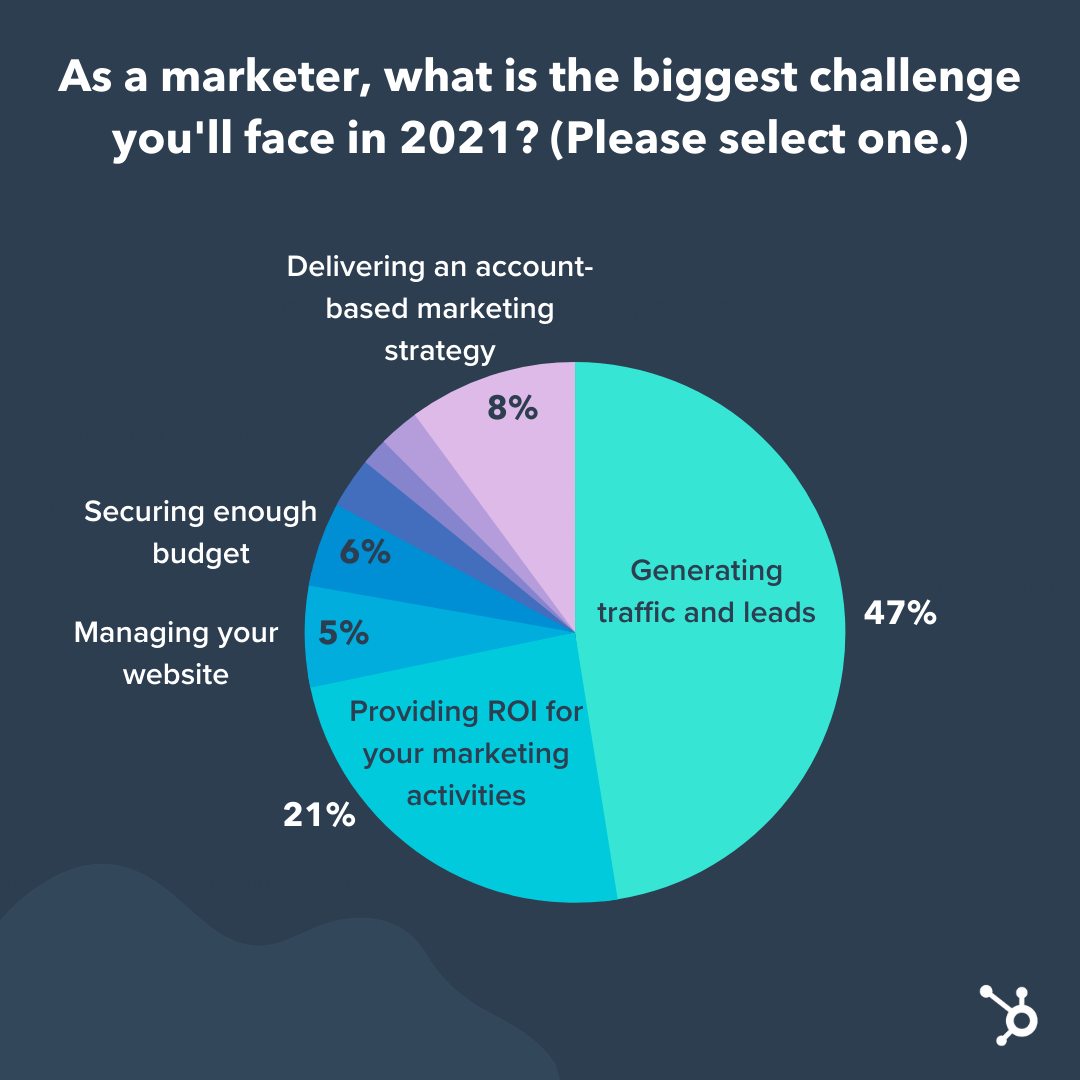
It means marketers are having trouble determining which channels are working well for them accurately, what needs to be optimized, and which ones they should remove altogether. There is no one-size-fits-all approach for any business, but we’ll take a look at a few of the most popular attribution models and share what attribution windows are, so you can make a better-informed decision that works best for your campaign.
Here are some sections we’ll cover:
What is an Attribution Model?
This can be set up by tracking separate actions as conversions.
Here is a more-than-common scenario of a user’s journey:
1. A new user searches on Google for a keyword you’re bidding on. They click on your Google PPC ad and clicks through to your site and browses, but doesn’t convert.
2. The user sees your Facebook Ad post on their newsfeed and clicks on it but still doesn’t make a purchase.
3. The user comes across your Display Ads that are retargeting them for the items they’ve browsed and returned to your website but still doesn’t buy anything.
4. After a few hours on the same day, the user comes back to your website through direct traffic and completes a conversion by making a purchase.
How do you credit the right channel for the users’ conversion? It depends on what attribution model you’re using.
Types of Attribution Models
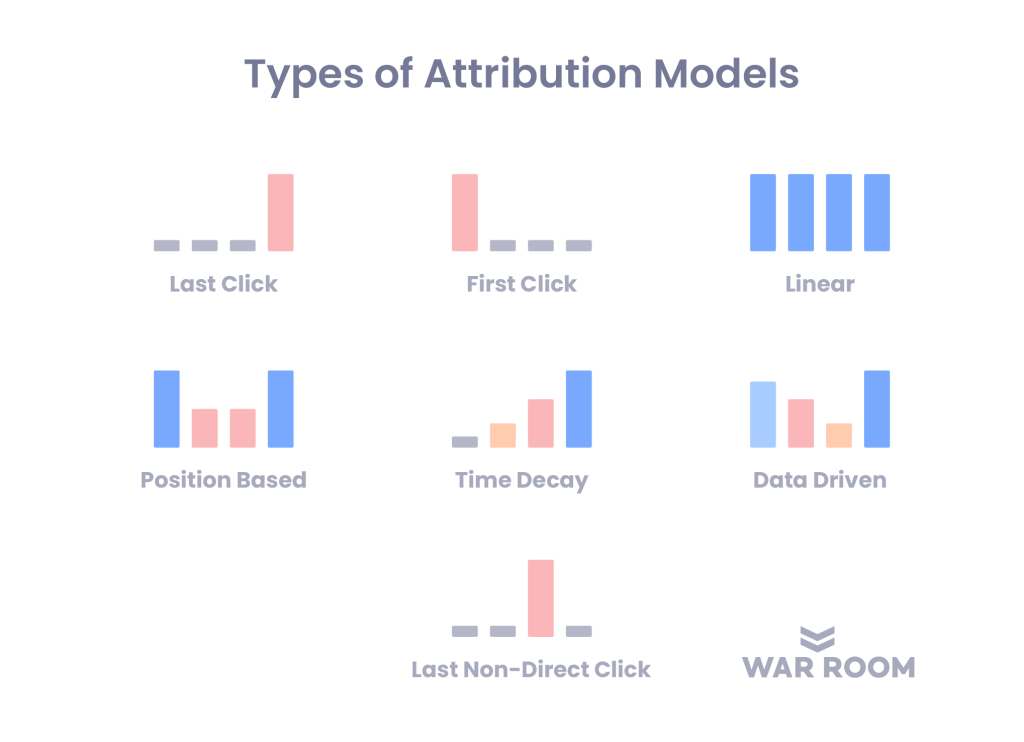
Linear Attribution Model
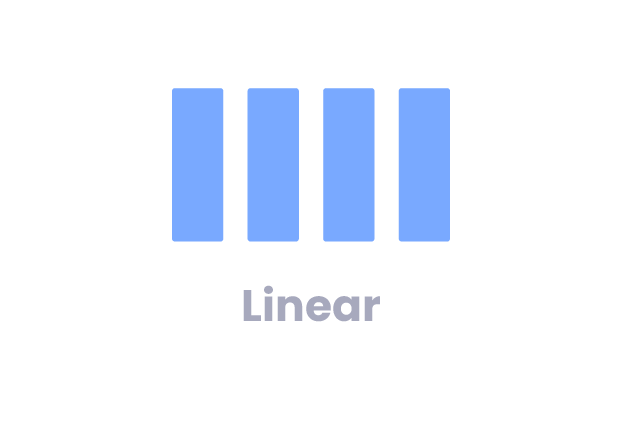
Linear attribution models look at your overarching marketing strategy and equally credits every channel the user interacts with.
For example, Richard first discovered your brand through Google search organically. Then he saw your ad through Connected TV when he was streaming videos at home, prompting him to visit your website. He doesn’t make a purchase but signs up for your newsletter. He then starts seeing retargeted Facebook ads and decides to convert.
A lot to unload here, but Linear attribution models say,

SEO, the Connected TV ad, Direct traffic, email marketing, and Facebook ads all had an equal role in driving this conversion. This is a holistic way to measure your marketing strategy. Every channel counts. You’ll then be able to evaluate which ones are the biggest conversion drivers (and which to eliminate, perhaps).
Time Decay Attribution Model
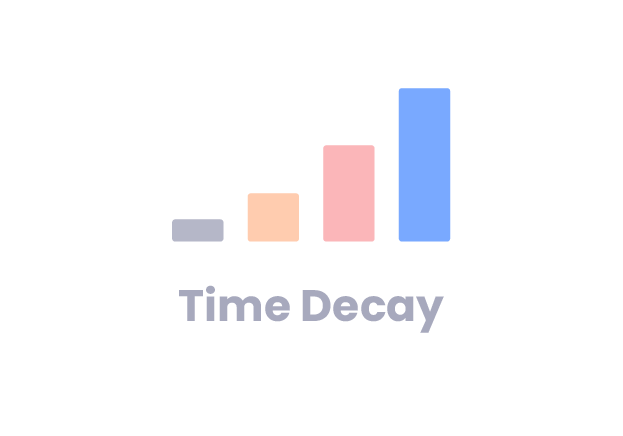
This means the very last touchpoint will get the most credit, whereas the least amount of credit would go to the first touchpoint.
So less value is put in the top-of-the-funnel channels, and advertisers can focus their ad dollars and efforts on bottom-of-the-funnel ones to improve conversion rate.
First Click Attribution Model
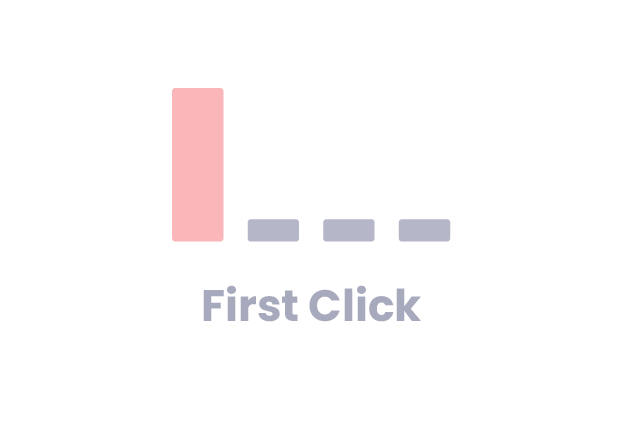
The First Click attribution model will credit the conversion to the very first touchpoint of the user.
Example:
Sally sees a LinkedIn ad for a creative agency’s eBook, “2021 Design Best Practices”. She’s interested, clicks on the ad, and fills out the form on the landing page to download the resource. She is then entered into an email drip campaign. A few days afterward, she received the first follow-up email from the agency, inviting her for a 15-minute consultation. Sally agrees and ends up hiring the agency for her business needs.
If it was the First Click attribution model, the email doesn’t get the credit, but instead, it’s the LinkedIn ad.
This model is helpful when it comes to driving new consumers. Once you identify how most people come through to your site or landing page, you’d be able to dedicate more ad dollars to run a successful campaign.
Last Click Attribution Model
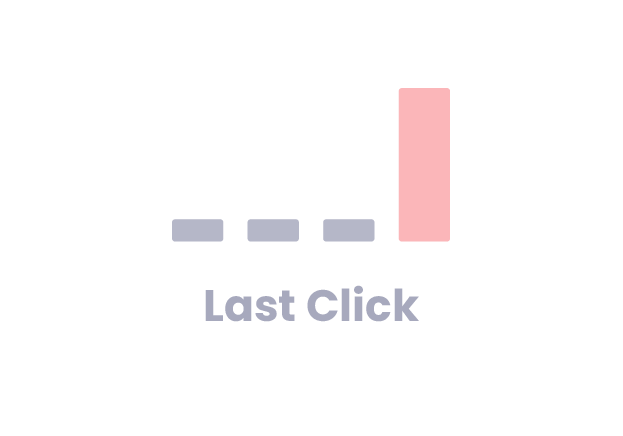
Let’s say Sabrina is scrolling through her Instagram feed and see an ad for a skincare product that grabs her interest. She clicks on the Instagram ad, checks out the skincare company’s site, reads about the product, and leaves.
She then spends the next few days researching more about it by watching Youtube videos and reading Google reviews. Sabrina finally decides that it’s the right product, and since she already knows the brand name, she fills out the URL and goes to the site to make a purchase.
In the case of the Last Click attribution model, the conversion would be credited to Direct Traffic. It’s a great model to determine which channels drive the most conversions.
Last Non-Click Direct Attribution Model
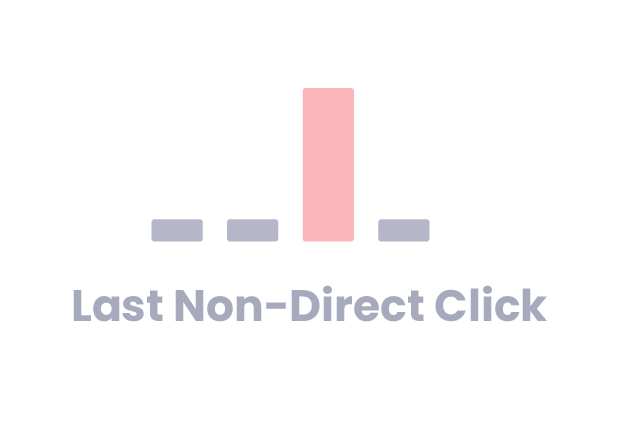
This alternate model shouldn’t be mixed up with the Last Click attribution model. The Last Non-Click Direct attribution model will give credit to the last touchpoint that isn’t direct!
A simple example would be: someone seeing your Display Ad and clicks on it but doesn’t make a purchase. But the next day, they type in your website URL and convert. Your Display Ad would then get the credit in the Last Non-Click Direct attribution model.
This model helps find marketing triggers that drive direct traffic.
Position-Based Attribution Model
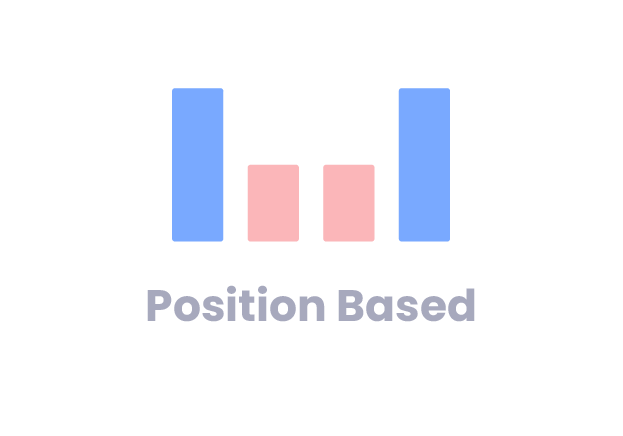
This distributes credit to the most important clicks/touchpoints.
Let’s say Zach uses Microsoft Bing to search for “best barbeque grill.” He clicks on your blog article you worked hard on SEO for. He proceeds to browse your site. Then in the next few days, Zach is targeted by your social display ads. In the end, he converts through a Pinterest shopping ad when he was browsing pins for barbeque grills!
Under the Position-Based attribution model, it emphasizes the values of the first and last click the most. That means organic search/SEO and Pinterest ad contributed the most in driving this conversion. Because the first touchpoint brought in the customer acquisition, and the last touchpoint drove the conversion.
Data-Driven Attribution Model
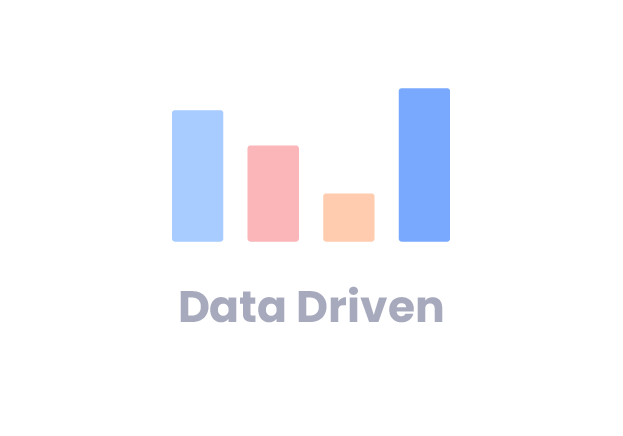
The Data-driven attribution model enables advertisers to map out their touchpoints precisely, based on customer behavior and data.
Google states that you need to have a minimum of 3,000 ad interactions in supported networks, and a conversion action needs to have a minimum of 300 conversions in a 30-day span.
Here is a detailed example explaining how this model works by Google:
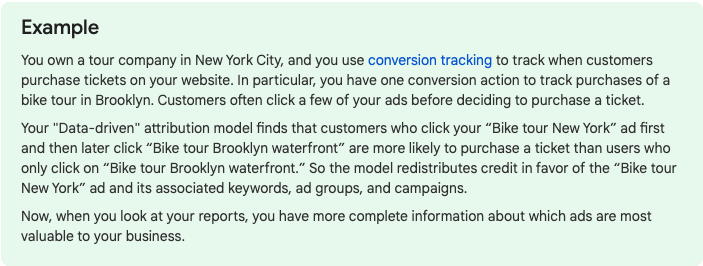
What is an Attribution Window?
An Attribution Window is defined as: the duration of time between when a person viewed or clicked on your ad and took an action. It’s the period an advertiser can attribute a view that led to a conversion.
Sometimes there’s a gap between when a user sees an ad and completing a conversion. For example, seeing a Pinterest ad for a meditation app on the bus to work in the morning and downloading it in the evening after they got home.
Attribution windows can track clicks, impressions, and more. That way, advertisers can properly assign credit to the right channel instead of categorizing them as organic traffic. It provides advertisers a better understanding of ad spend and performance.
Your campaign objective would determine the length of your attribution window. Typically, brand awareness campaigns have shorter windows that are based on impression. Conversion-based campaigns would require a longer window to track the customer’s touchpoints from beginning to end.
Here is a quick look at the current attribution windows on the most popular channels:
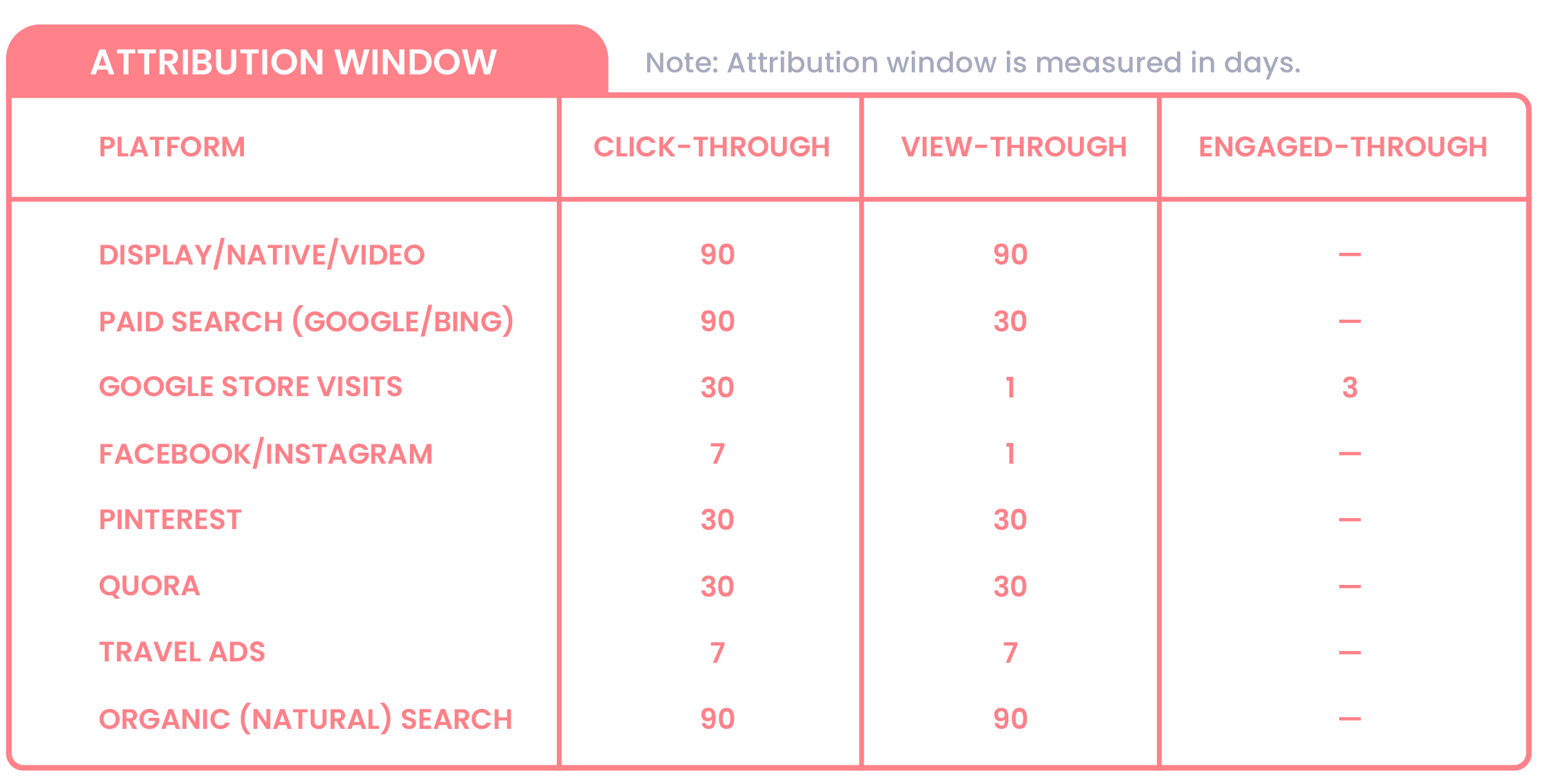
The Importance of Cross-Channel Attribution
In all the examples above, different attribution models work for different campaigns.
Brands advertise on multiple channels at the same time, and these strategies should be complementing one another.
Let’s say someone finds your website through Google PPC search ads. They come to your site again three days later after clicking on a Facebook ad. Then they convert after listening to an audio ad by clicking on the companion banner ad on Spotify. That’s awesome! Since the lead converted, perhaps you have a new sales funnel you want to put them through. But what if, at the same time, you’re running a Display Ad campaign, and you don’t want to show the current ads to this lead anymore?
Typically when you run digital ads on these platforms, the data are in silos–they don’t talk to each other. Youtube wouldn’t know that the user already saw your LinkedIn InMail ad.
Your ad channels aren’t communicating with one another and this isn’t an ecosystem! It’s a common challenge many brands struggle with.
That means the person who converted might still be seeing your ads, which is spending your precious ad dollars! How do you prevent that from happening?
Say hello to cross-channel attribution.
If your advertising platform has cross-channel attribution functions, this means that whenever a new user sees your ads, they would be assigned a number, like #103. They would be identified as #103 on all of your ad channels, like Facebook, Google, Instagram, Youtube, etc. So you could move #103 as a target audience for a new campaign.
Programmatic advertising platforms like Kedet act as a cross-channel attribution solution. It can sync all channels into one centralized database and serve complex campaigns like a breeze. The goal is to deliver clean, transparent data and save you ad dollars.
Cross-channel attribution is no doubt the future of digital advertising. Learn more about our services here.
Summary of Attribution Models & Windows
We hope you learned more about the importance of attribution models and windows!
To sum it up: marketers use attribution to understand the customer journey and identify the touchpoints that drive the most conversions.
So the next time you plan a campaign, select an attribution model that would best measure the performance. It might even be useful to test out a few–you’ll find the one that works best for you!
There’s no right or wrong answer. Ultimately, the suitable attribution model for your business would be the one you can learn the most data information from, create even more effective ad campaigns, boost revenue and achieve a better Return on Ad Spend.
Let's Work Together
Say hello to customized advertising strategies that convert.
Get in touch with our programmatic experts today!











